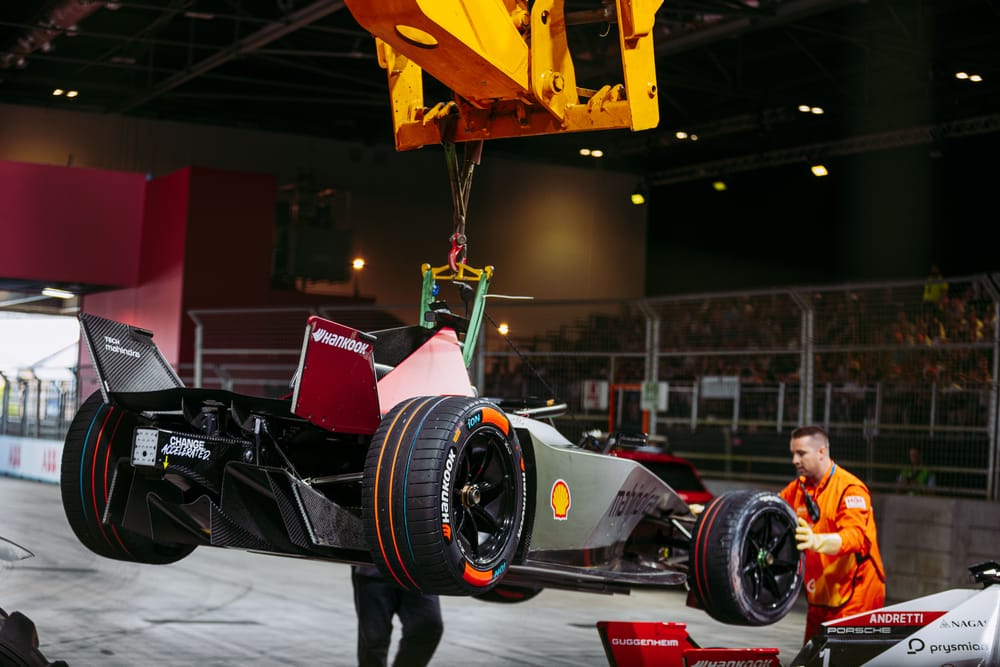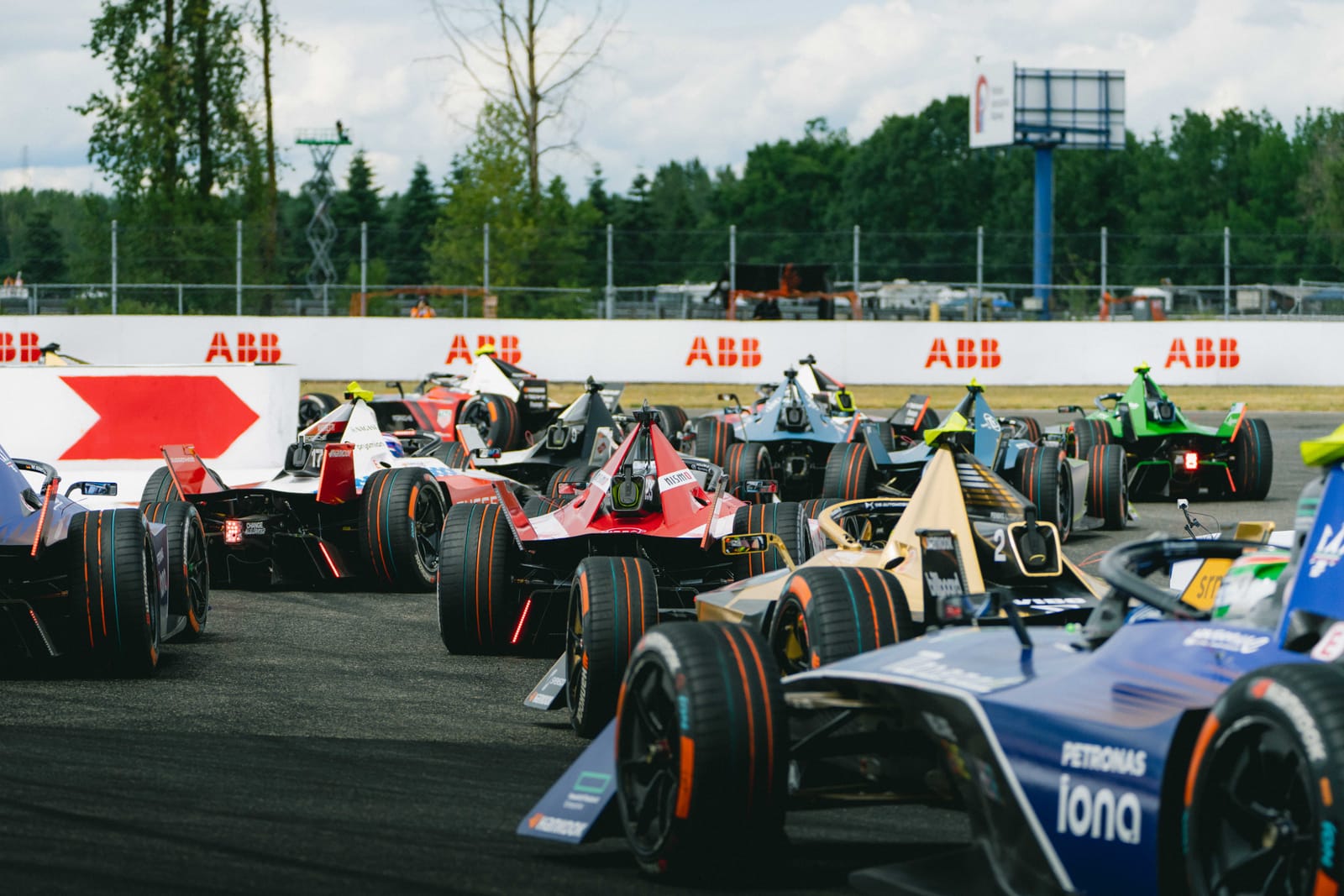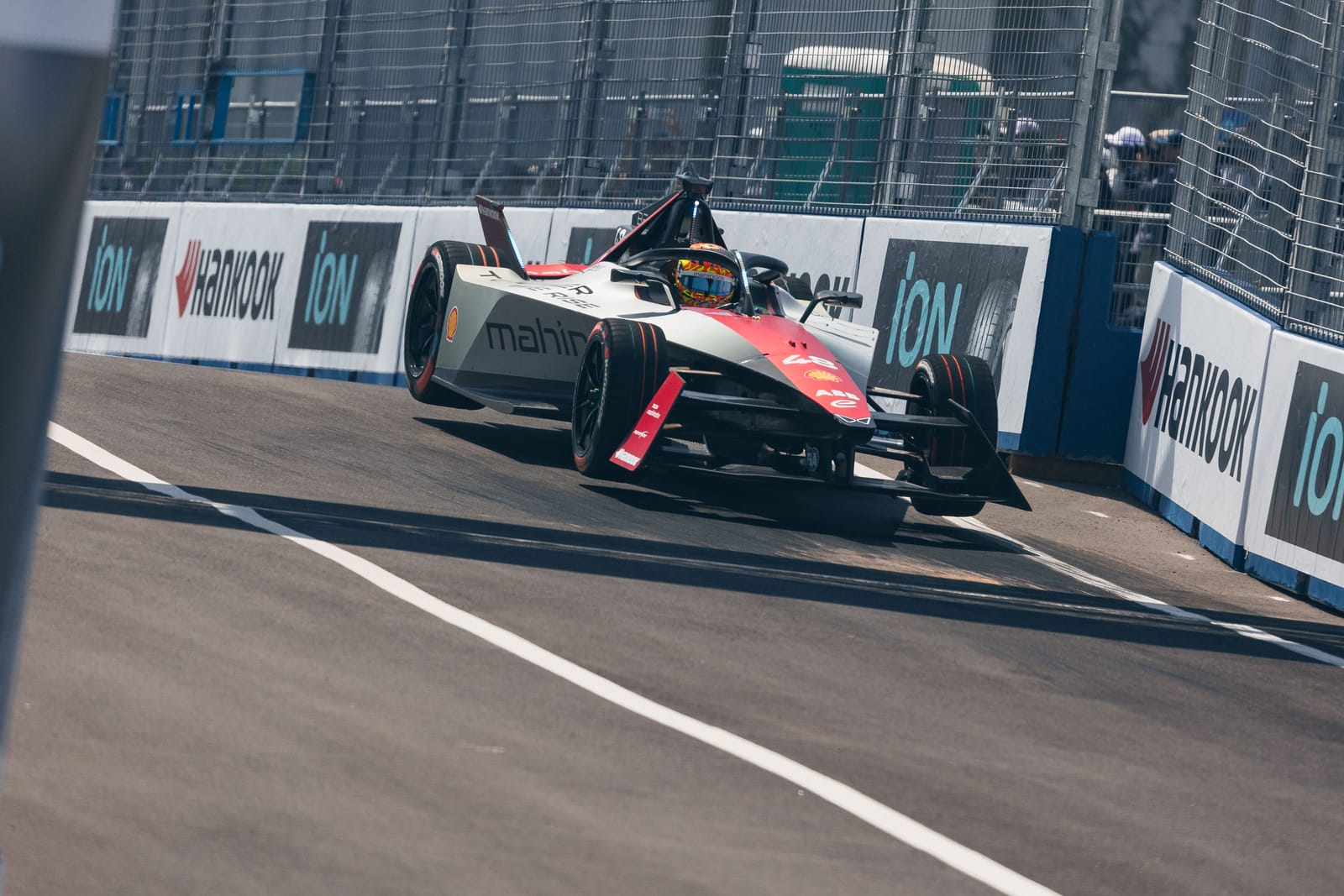It’s a burning question making Formula E nervous right now. Will one of its founding manufacturers stay or leave?
Mahindra is one of four current manufacturers that have so far not committed to the Gen4 rules which will debut at the end of 2026.
Along with the two Stellantis brands (of which Maserati is technically a manufacturer via a special agreement for it to be supplied by sister brand DS) and ERT, Mahindra has missed the official deadline for registering - although this doesn’t preclude a late confirmation, with the only real penalties being missing some initial collation of early CAD data and other parameters from the spec suppliers.
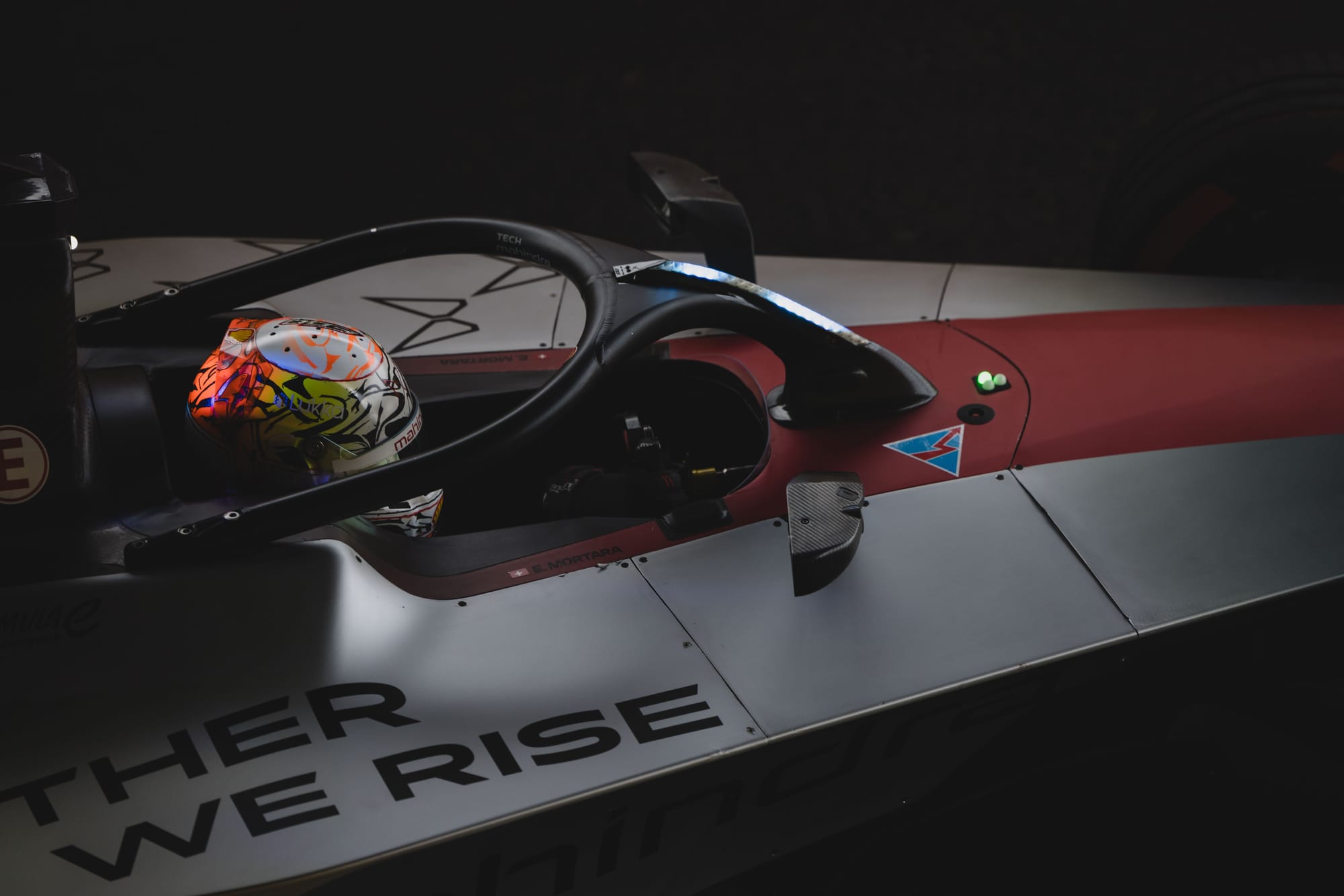
Mahindra is said to be days away from making a decision on whether it still races in the series it was a founding member of in 2014.
On one level there is positivity from present team principal Frederic Bertrand and some executives from Formula E itself.
On the other hand, there is also some nervousness because Mahindra has had a very lean couple of seasons and lost the possibility to perform in front of its home fans and board members in India with the cancellation of the Hyderabad E-Prix earlier this year.
But with a cost cap now in place, a recent upturn in on-track fortunes with a fourth and a fifth place in London to end the season, the positive outlook is being grasped upon tightly.
The Race understands that while the administrative part of the registration is done from Mahindra’s side, there are still key decisions to be taken over the commitment from the Indian manufacturer.
Mundanities such as purchase order completion via suppliers and how the Non-Recoverable Engineering (NRE) costs are paid are seemingly part of the hold-up in Mahindra joining Nissan, Jaguar, Lola and Porsche in ensuring it is around as a manufacturer in 2026.
“There is still a little bit of work to do on being sure about the way the championship will be managed in the future, managing costs, managing logistics, managing all the topics around the development for the next generation and within the generation,” Bertrand told The Race in London last month.
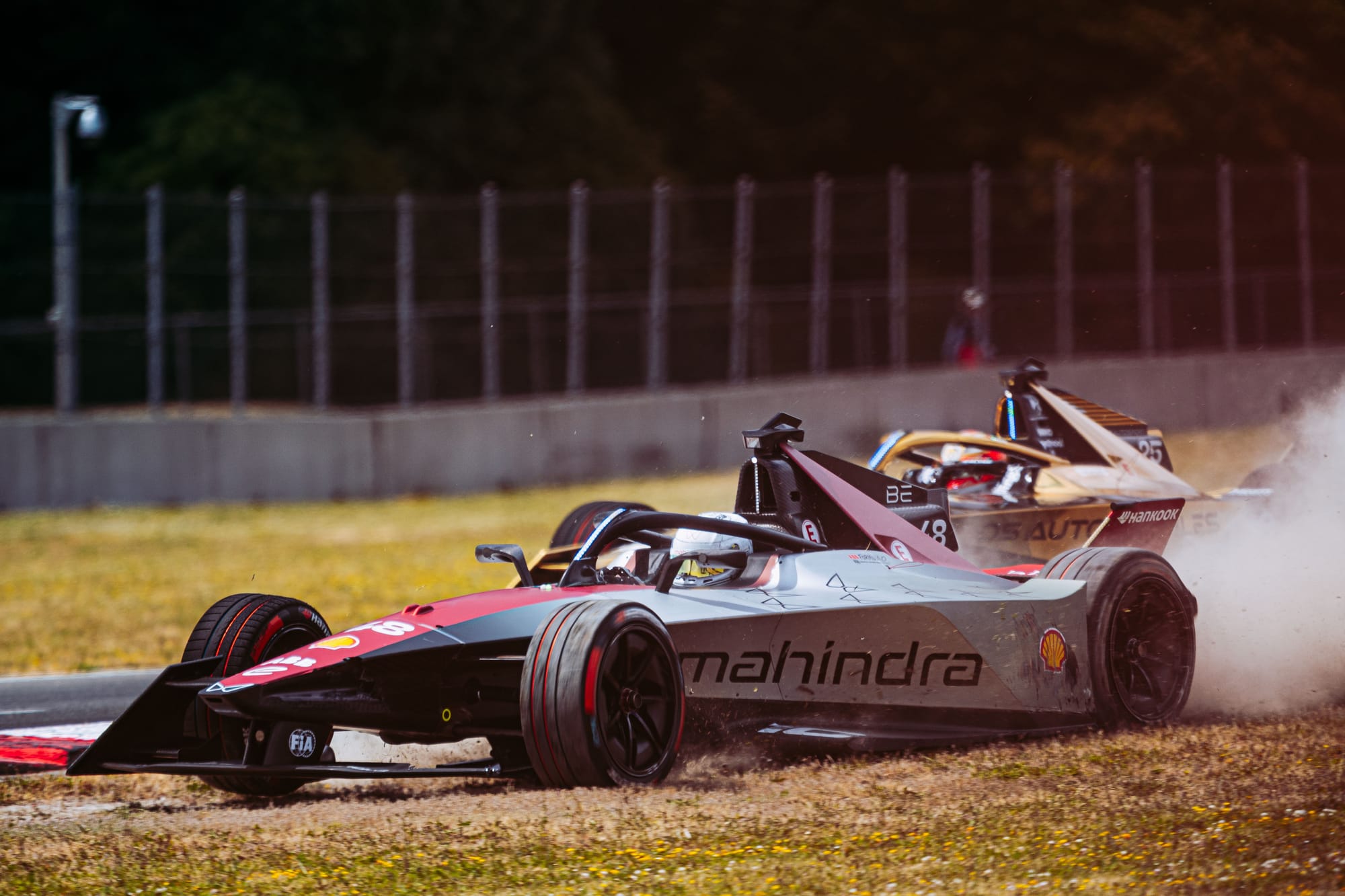
“All these are still a lot of small question marks which all together make a big question mark.
“I think for everyone, it's important to have clarity there because it means cost, it means understanding of how you can also plan your business. And having those big question marks or small question marks create a kind of a question mark on the global business case.”
Formula E without Mahindra would be a less vibrant place as the British-based, Indian manufacturer-representing team has brought a great deal of activation of its partners and its own brand across the world.
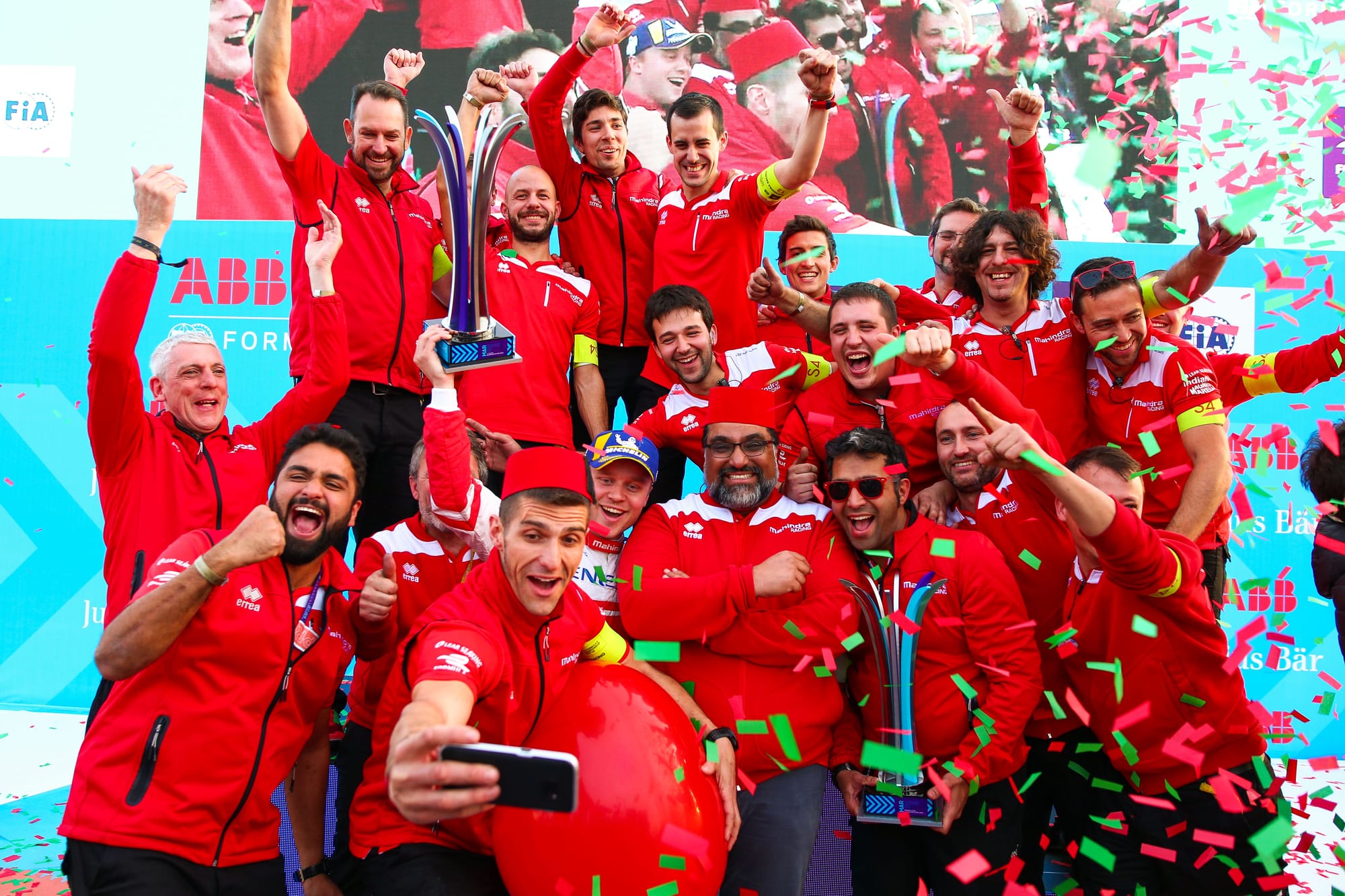
Mahindra is a well-loved team within Formula E, even if the challenges of the last few years have prompted many changes within its staff and tested its usually happy-go-lucky character.
The timing of Liberty Global's acquisition of a majority stakeholding in Formula E was very opportune for Bertrand and his troops, as he acknowledged.
“Liberty taking the full ownership of the championship and having an ambitious plan for developing it, it's definitely going in the right way to convince a company involved since day one that it's maybe not the right moment to leave,” he said.
“It's a bit like, if you take some parallel, some Formula 1 teams which have been sold just before it became the big Formula 1 championship we have now.
“So, it would not be a good idea that Mahindra is missing that type of opportunity after having been a founding member of the championship. That's definitely part of the picture.”
There is a feeling that Formula E, with the necessary investment by Liberty now, will become much more than just a curio and niche strand of motorsport, which in reality it really still is. Liberty and Formula E CEO Jeff Dodds have been drilling that home to all sorts of manufacturer executives in recent months, and so far it has mostly paid off with the big three of Jaguar, Nissan and Porsche having committed to Gen4.
Mahindra’s appears to be a more complex decision and one that has had - like its performance on the track in the first part of Gen3 - plenty of nerves jangling.
Will losing Abt help or hinder?
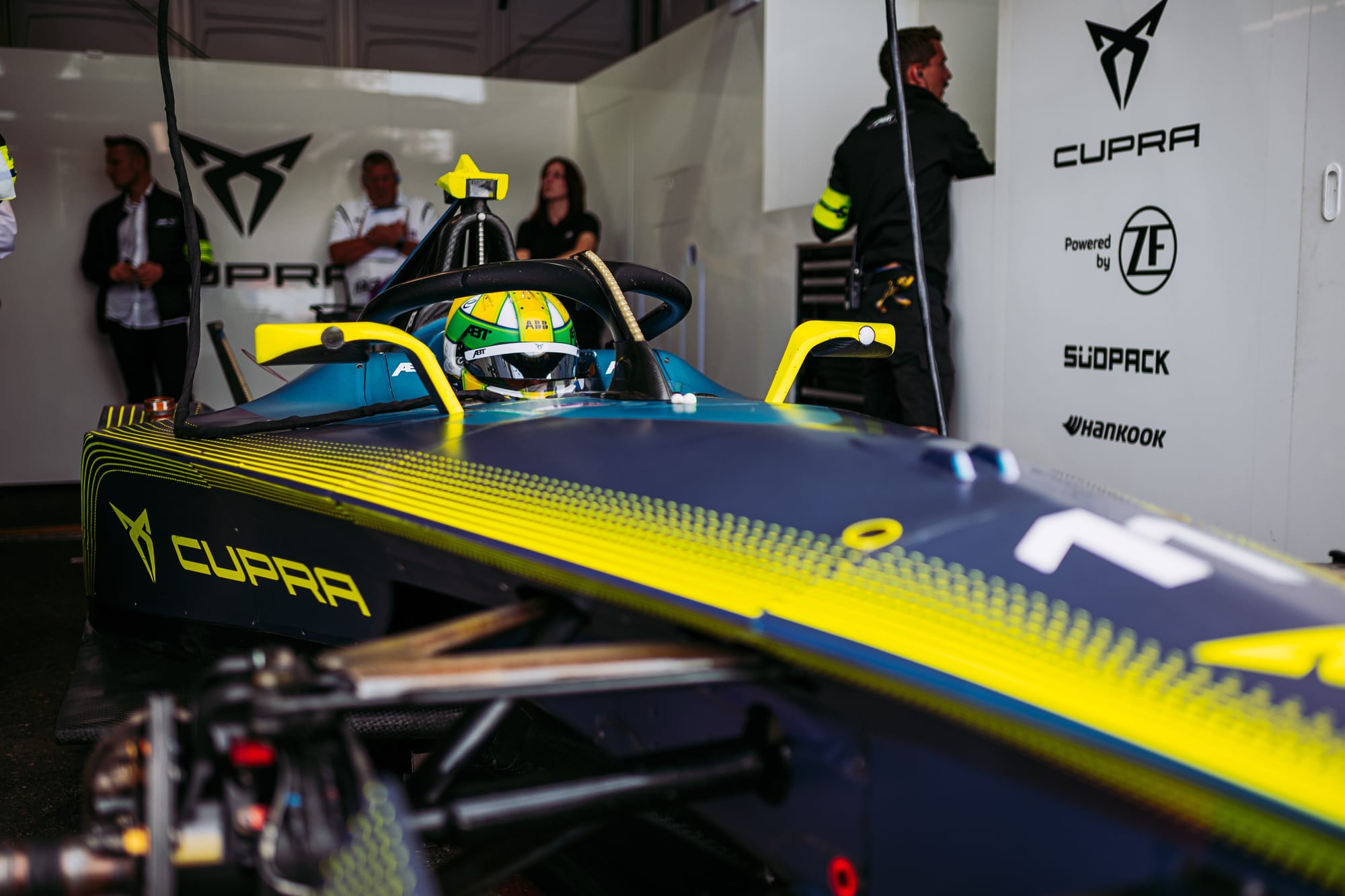
Mahindra’s Gen3 customer team Abt Cupra made a swift move in early 2024 to seek an early termination of the collaboration following a disastrous first season.
The lateness of the Mahindra M8Electro, its first Gen3 contender, in 2023 contributed greatly to an awful campaign in which it lacked pace, efficiency, reliability and even on its darkest day withdrew from one race altogether (Cape Town).
But things improved, with Mahindra and Abt Cupra scoring regular points in 2024 and establishing some decent form to see out the first half of the present rules set with a pole position and a trio of fourth-place finishes via Edoardo Mortara, Nyck de Vries and Abt’s Nico Mueller.
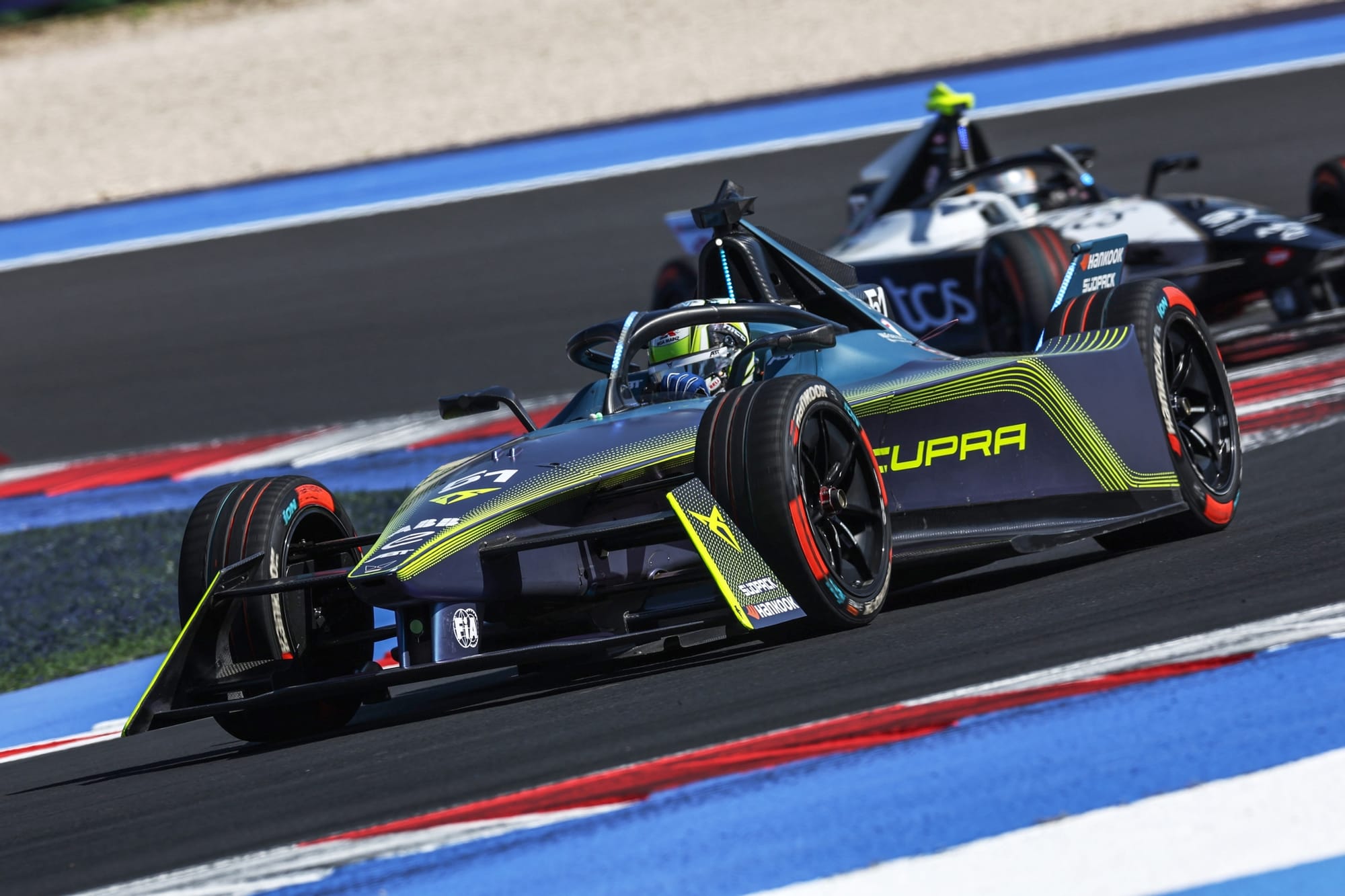
Now Abt will represent the new Lola Yamaha FE project. So next season Mahindra will join ERT in being a manufacturer in Formula E without a customer.
The question is, will that free it up or shackle it with less data accrued and less knowledge of its potential?
“This has been a question which we are asking ourselves at the moment. Should we look harder to get a customer team?” said Bertrand.
“Definitely it's a loss because you lose a lot of data, you lose a lot of understanding and particularly, I would say, at the beginning of Gen3 this was something important.
“And for us, because we kind of start again the process with a new [Gen3 Evo] powertrain, I think having a customer team would be a big plus for the first races to understand the car quicker, the set-ups quicker, how we handle the car quicker.
“But on the other side, we’ll go back to tracks we have worked with in Gen3 already, so we have data, we know where the minimum is of where we should be, we have a bit more understanding.”
A living case study might well be within Mahindra right now, in the shape of head of performance Jeremy Colancon, who joined the team from Maserati MSG last autumn.
Bertrand is unequivocal about Colancon bringing an extra dimension to the existing Mahindra team in streamlining its processes and engineering dexterity, including working with Abt Cupra for the greater good. Looking at the results, it has worked.
“Jeremy and the guys on Abt side, they have managed to find a way of working which has helped both sides, even if it was in a short period of time,” confirms Bertrand.
“We were able to exchange and understand and test and coordinate the way we work with a customer team.
“So, this part we will definitely miss, but it will help us to concentrate.
“That's also the reason why we structured the department of manufacturing side of the team, so that Josef [Holden, technical director] is really involved in developing and proposing the car and then Jeremy will take that car and make it into a kind of a customer approach.”
Bertrand thought long and hard before offering an overall summary: “It’s not beneficial not to have a customer team, but it’s not a drama”.
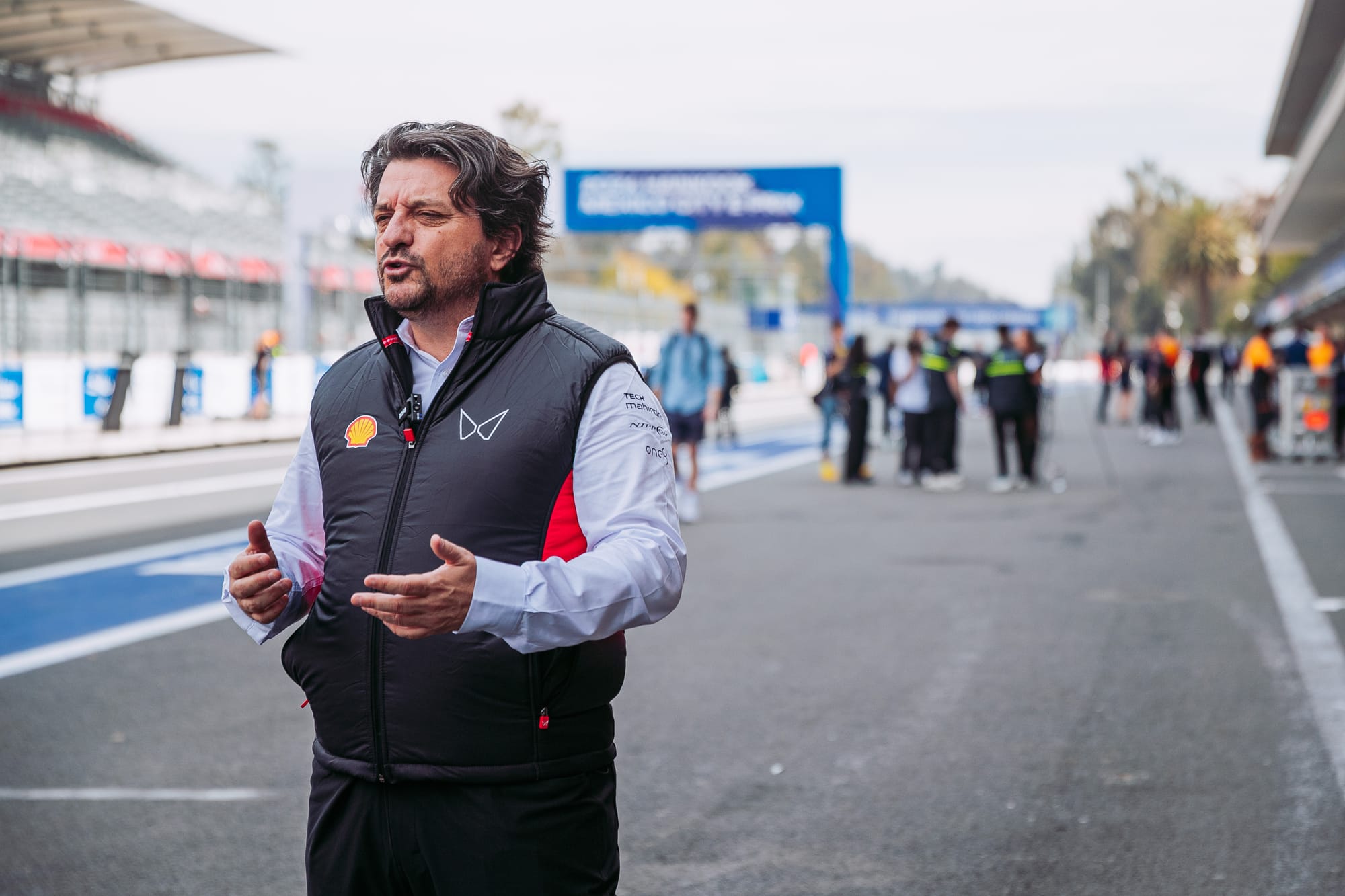
Drama is something that Mahindra has had its fair share of in the last two years since stalwart boss Dilbagh Gill left and Bertrand was headhunted as his replacement.
Now it is striving for an extension to a decade of learning and sporting endeavour in Formula E, as Mahindra still strives to compete with and beat manufacturers with more racing heritage than it has.
So, why stop now?

